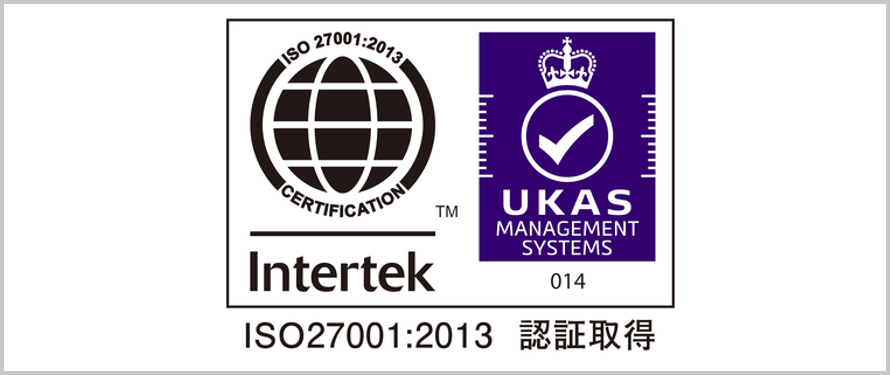Oracle license calculation summary
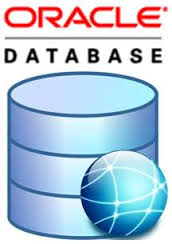
table of contents
- 1 ■ About license types
- 2 ■ License calculation
- 2.1 Rule ① Multi-core processor with core application coefficient 0.5
- 2.2 Rule ② Ultra SPARC T1 (Sun Fire T1000/T2000)
- 2.3 Rule 3: Multi-core processor with core application coefficient 0.75
- 2.4 Rule ④ RAC configuration (Real Application Clusters)
- 2.5 Rule ⑤ Multi-core processor with core application coefficient 1.0
- 2.6 summary
This is Ohara from the technical sales department.
This time I will post content related to Oracle.
The reason is that even if you search for information on Oracle, there is a lot of information that is somewhat difficult to find, so
this article provides a brief summary of information about Oracle.
■Source
http://www.oracle.com/jp/corporate/pricing/mcpu-189131-ja.html
■ About license types
There are two main types of Oracle licenses.
(The types of editions are omitted in this section.)
Named User Plus license
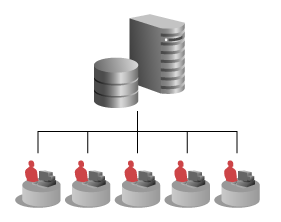
- The license is proportional to the number of users using it. Generally advantageous when the number of users is small.
- Pricing is determined by the number of users.
- The minimum number of users for Oracle Database Standard Edition One (SE1) is 5 users per server.
(If the number of users using one server is 5 or less, "5 Named User Plus" is required.
Processor license
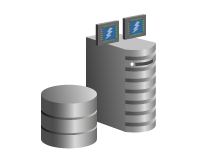
- A license proportional to the number of processors on the server CPU.
This license is advantageous
if there are many users, or if it is impossible to count the number of users because an unspecified number of users use it. (The number of users who can connect is unlimited.) - The price is determined according to the number of processors installed in the server used.
* Considering the scale of companies using Oracle, I think there is a lot of demand for "Processor licenses".
■ License calculation
When counting the number of processors that require a license,
count all the "physical" processors that are running.
when used with hardware
equipped with a "multi-core processor" that has multiple cores on one chip the number of licenses required is.
Please refer to
the Oracle Processor Core Factor Table for how to derive the core application coefficient Also, the coefficient definitions are those defined by Oracle, depending on the CPU model number, etc.
Rule ① Multi-core processor with core application coefficient 0.5
Example: Intel or AMD Desktop Multicore chips
4 sockets If equipped with dual cores, number of licenses required: 8 cores × 0.5 = 4 Processor
Rule ② Ultra SPARC T1 (Sun Fire T1000/T2000)
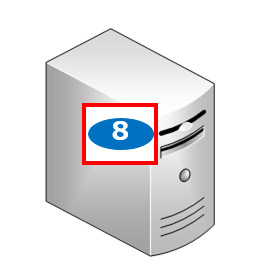
Example: Sun Fire T1000
with 8 cores/Chip (1.0GHz)
Required number of licenses: 8 cores x 0.25 = 2 Processor
Rule 3: Multi-core processor with core application coefficient 0.75
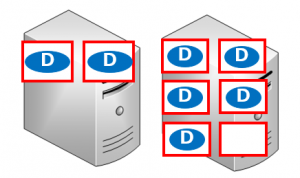
Example:
If two HP PA-RISC dual-core processors are installed ⇒ Number of cores 4 cores Number of licenses required: 4 × 0.75 =
3 *Minimum number of users is 25NUP X 3 =75NUP (EE)
Example:
When equipped with 5 HP PA-RISC dual-core processors ⇒ Number of cores 10 cores
Number of licenses required: 10 × 0.75 = 7.5 ⇒ 8
*Round up to the nearest whole number. It is not rounded off.
Rule ④ RAC configuration (Real Application Clusters)
*In the case of a cluster system configuration using RAC, the entire system consisting of multiple computers
is considered "one computer."
Number of licenses required when core application coefficient is 0.75 Total 20 cores × 0.75 = 15 (both DB/RAC)
Required number of licenses when core application coefficient is 0.5 Total 20 cores × 0.5 = 10 (both DB/RAC)
Rule ⑤ Multi-core processor with core application coefficient 1.0
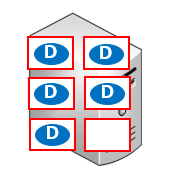
Example:
When equipped with 5 IBM Power6 dual-core processors ⇒ Number of cores 10 cores
Number of licenses required: 10 × 1.0 = 10
summary
The calculation formula for Oracle Processor is
Total number of cores x applied coefficient (predefined coefficient) = required number of licenses .
The above concepts also apply when building Oracle in a cloud environment.
However, when using a public cloud instead of dedicated hosting,
it may be difficult to calculate the applicable coefficient because many cloud vendors do not disclose detailed specifications such as CPU model numbers
It is also possible to BYOL the Oracle license you are using, but when migrating to a cloud environment,
・"Application for cloud environment use" from the license purchaser
・Separate application/grant of "license for cloud environment", etc.
As mentioned above, I wonder if the procedures for document contracts are a little complicated? I think so.
wouldn't Amazon RDS for Oracle or Oracle Cloud , which are add-ons as standard cloud services,
*As an aside, Microsoft's "Windows SQLserver" also has the same concept regarding the required license.

![[Osaka/Yokohama/Tokushima] Looking for infrastructure/server side engineers!](https://beyondjapan.com/cms/wp-content/uploads/2022/12/recruit_blog_banner-768x344.jpg)
![[Deployed by over 500 companies] AWS construction, operation, maintenance, and monitoring services](https://beyondjapan.com/cms/wp-content/uploads/2021/03/AWS_構築・運用保守-768x344.png)
![[Successor to CentOS] AlmaLinux OS server construction/migration service](https://beyondjapan.com/cms/wp-content/uploads/2023/08/almalinux_blogbanner-768x344.png)
![[For WordPress only] Cloud server “Web Speed”](https://beyondjapan.com/cms/wp-content/uploads/2022/11/webspeed_blog_banner-768x344.png)
![[Cheap] Website security automatic diagnosis “Quick Scanner”](https://beyondjapan.com/cms/wp-content/uploads/2023/04/quick_eyecatch_blogbanner-768x345.jpg)
![[Reservation system development] EDISONE customization development service](https://beyondjapan.com/cms/wp-content/uploads/2023/06/edisone_blog_banner-768x345.jpg)
![[Registration of 100 URLs is 0 yen] Website monitoring service “Appmill”](https://beyondjapan.com/cms/wp-content/uploads/2021/03/Appmill_ブログバナー-768x344.png)
![[Compatible with over 200 countries] Global eSIM “Beyond SIM”](https://beyondjapan.com/cms/wp-content/uploads/2024/05/beyond_esim_blog_slider1-768x345.jpg)
![[If you are traveling, business trip, or stationed in China] Chinese SIM service “Choco SIM”](https://beyondjapan.com/cms/wp-content/uploads/2024/05/china-sim_blogbanner-768x345.jpg)
![[Global exclusive service] Beyond's MSP in North America and China](https://beyondjapan.com/cms/wp-content/uploads/2024/06/gloval_surport_blog_slider-768x345.jpg)
![[YouTube] Beyond official channel “Biyomaru Channel”](https://beyondjapan.com/cms/wp-content/uploads/2021/07/バナー1-768x339.jpg)
 0
0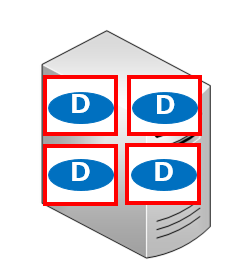
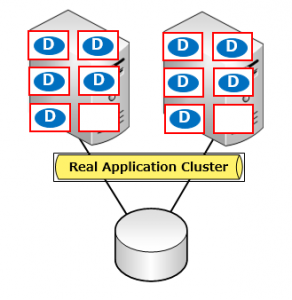
![[2025.6.30 Amazon Linux 2 support ended] Amazon Linux server migration solution](https://beyondjapan.com/cms/wp-content/uploads/2024/05/59b34db220409b6211b90ac6a7729303-1024x444.png)
